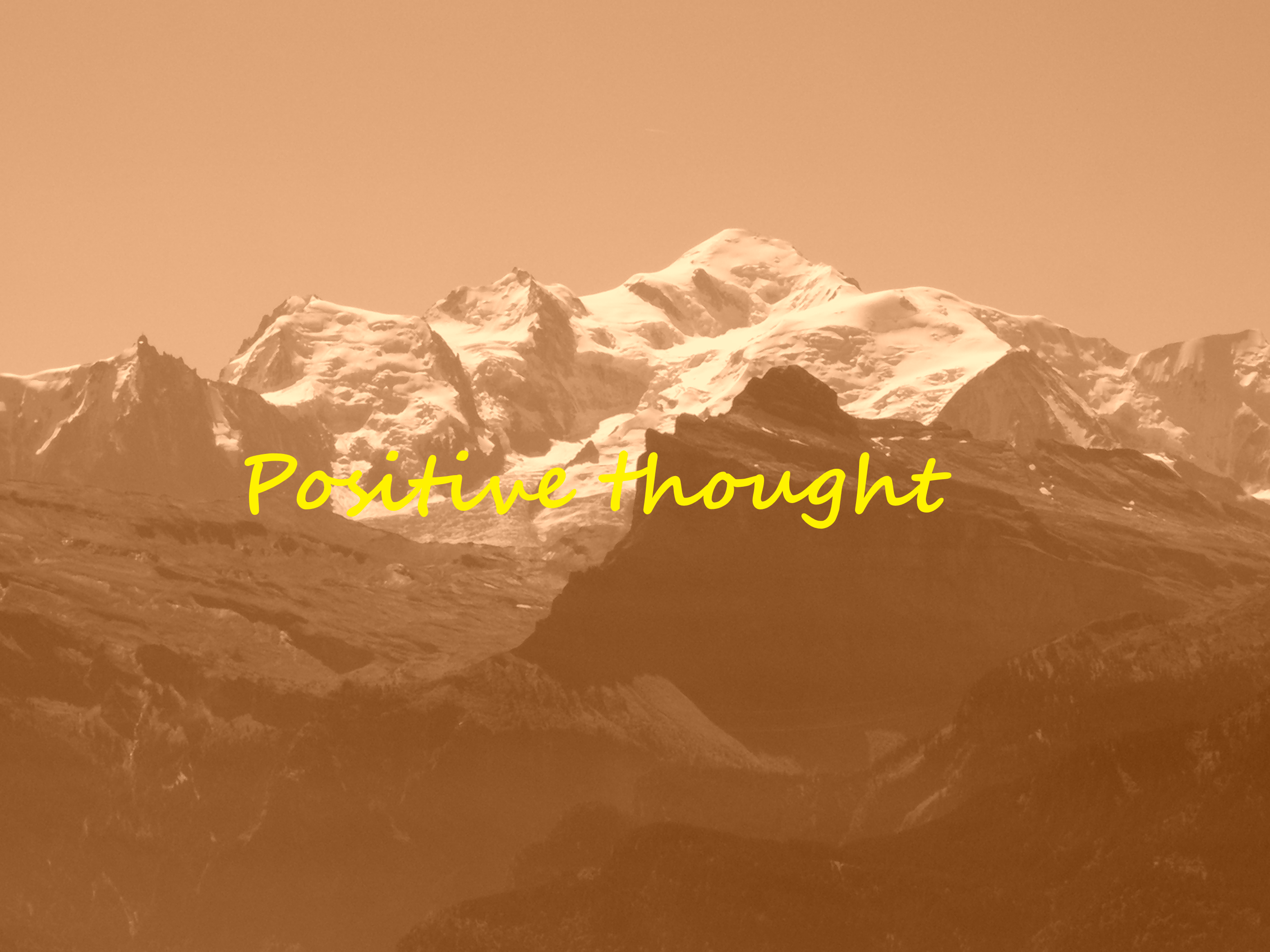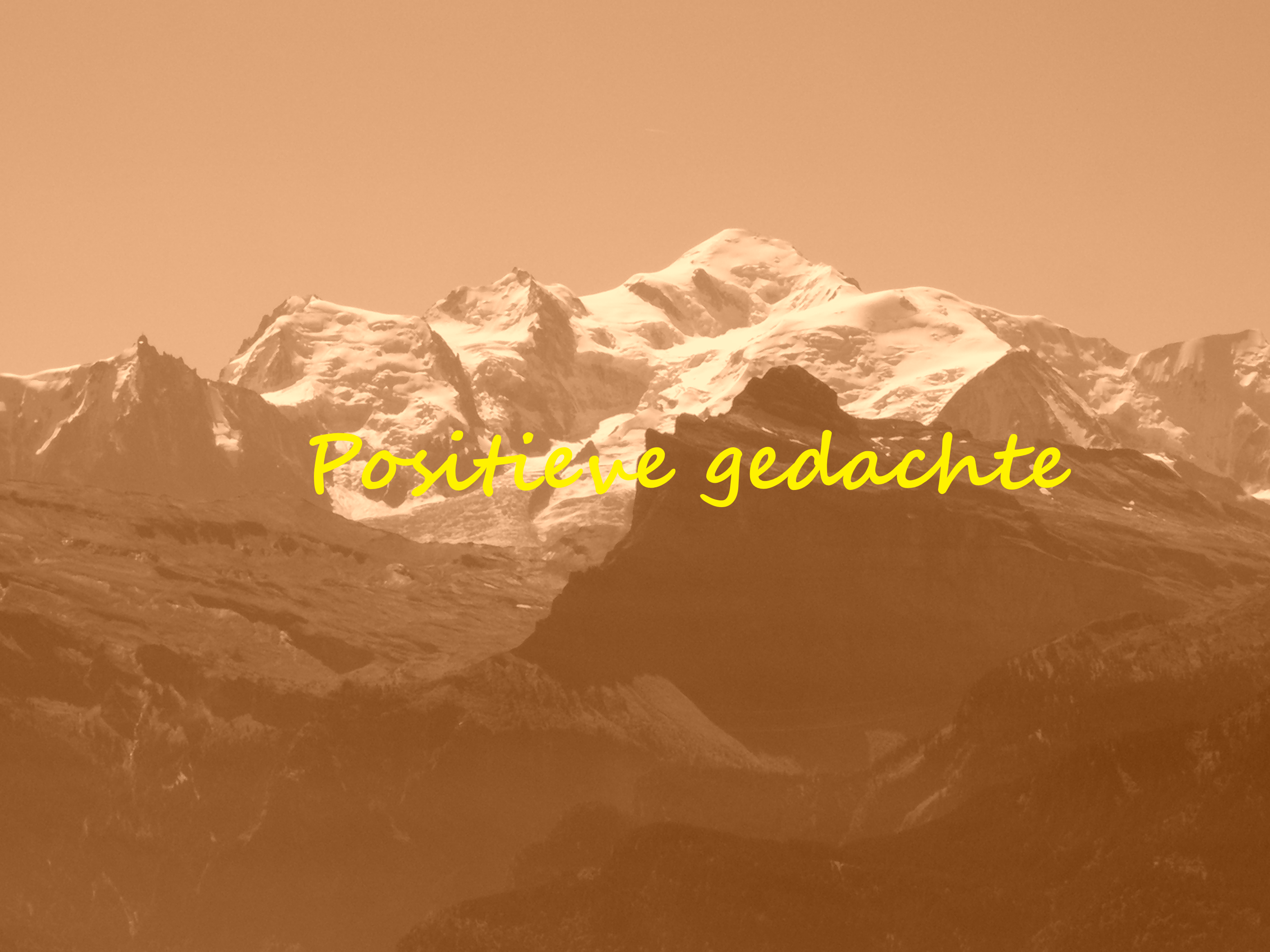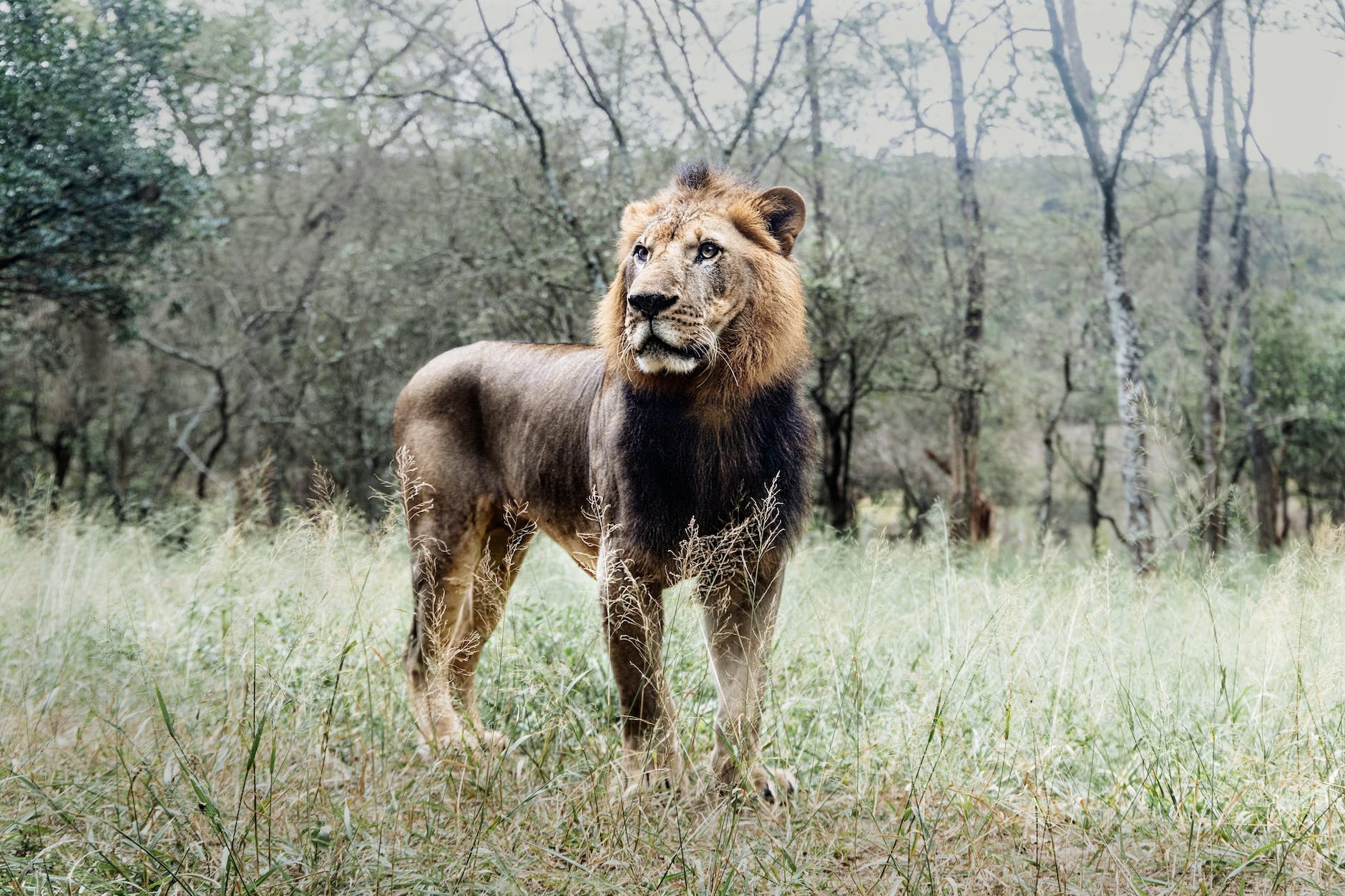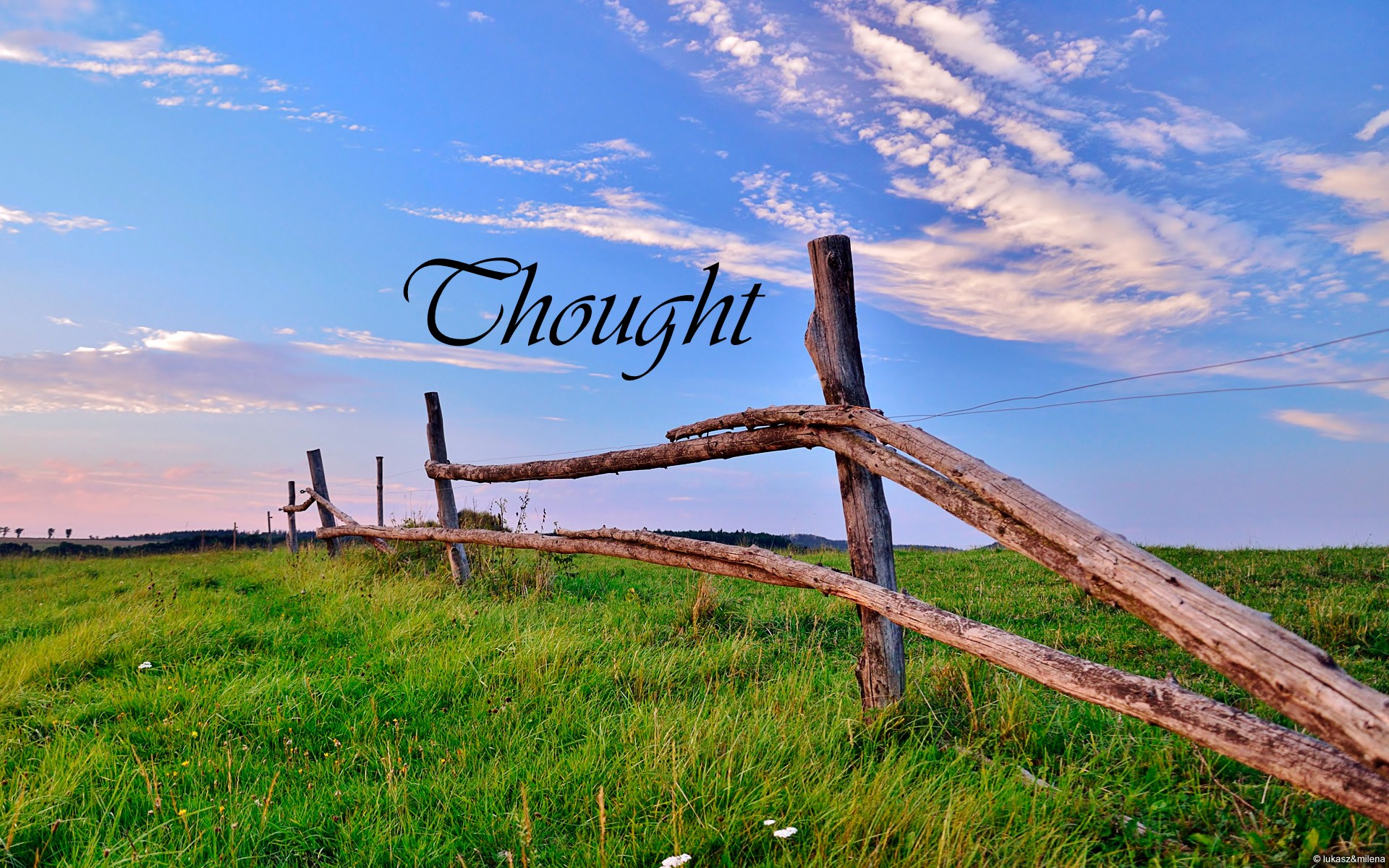
Ancient Egyptian Sungodess Hathor, who personified the principles of love, beauty, music, motherhood and joy - Photo Jeff Dahl
But why creating other gods while you could be yourself God they must have thought. Some people wanted to be God themselves and reacted in such a way. They wanted to create things themselves and they wanted to master the earth themselves. They were not happy any more with a creator somewhere in heaven who would take care of everything. They wanted it totally to have it all in their hands.
 A few years ago James Lovelock, the most respected – if maverick – independent scientist, environmentalist and futurologist who lives in Devon, England, and predicts from his one-man laboratory in an old mill in Cornwall since the mid-1960s, saw already one of these gods created by humans to disappear, though being very popular. Even in Belgium a whole movement was called after this goddess who had also become very popular in the 60ies in the states and was to bring them the solution to all their problems.
A few years ago James Lovelock, the most respected – if maverick – independent scientist, environmentalist and futurologist who lives in Devon, England, and predicts from his one-man laboratory in an old mill in Cornwall since the mid-1960s, saw already one of these gods created by humans to disappear, though being very popular. Even in Belgium a whole movement was called after this goddess who had also become very popular in the 60ies in the states and was to bring them the solution to all their problems.

Earth-goddess Gaia - Gaea 1875 Ceiling painting by Anselm Feuerbach

Lovelock was the first scientist to invent instrumentation that could accurately demonstrate the accumulation of CFCs in the atmosphere, leading to international action on the hole in the ozone layer. And his work on atmospheric, geological and ecological sciences led him to become the first researcher to link the fields, understanding that the earth’s life regulates the atmosphere, and that the earth’s atmosphere regulates life. How is this so? The original computer simulation Daisyworld model created by Lovelock (although seemingly common sense to us now but revolutionary for its time) was a convincing demonstration. {1}
By thinking we can be gods here on earth we’ve outgrown the Earth as a species. Humans took on such a high attitude, and were so selfish supercilious that their arrogance destroyed a lot around them. They did not want to know that nature was much much stronger than they and did not want to learn to view themselves as equals in the scheme of ecology, but as a domineering species. The massive population we now support is subsidized at the expense of slowly renewing resources like coal and oil and at the cost of a damaged biosphere.

Uitzicht op de wassende maan door de bovenkant van de atmosfeer van de aarde. - View of the crescent moon through the top of the earth's atmosphere. Photographed above 21.5°N, 113.3°E. by International Space Station crew Expedition 13 over the South China Sea, just south of Macau (NASA image ID: ISS013-E-54329). - Photo NASA Earth Observatory
As we exceed Gaia’s limits, the climate will adjust to fix the problem. This doesn’t mean the end of humanity but a severe readjustment to population centres and population numbers.
Lovelock believes global warming is now irreversible, and that nothing can prevent large parts of the planet becoming too hot to inhabit, or sinking underwater, resulting in mass migration, famine and epidemics. Britain is going to become a lifeboat for refugees from mainland Europe, so instead of wasting our time on wind turbines we need to start planning how to survive. To Lovelock, the logic is clear. The sustainability brigade, according to him, are insane to think we can save ourselves by going back to nature; our only chance of survival will come not from less technology, but more.
The political and environmental profile of climate change has been dramatically reconfigured in the past two years. A wave of activism has dissipated and a broad consensus on the necessary measures broken thanks to the failed Copenhagen summit and the anti-global-warming lobby’s apparent triumph in the Climate-gate emails affair. Mark Lynas is one of a growing band of influential figures, along with James Lovelock, the American Stewart Brand and Welshman George Monbiot, who now argue that the approach of most Greens to climate change needs to change.

Cover of the documentary The Great Global Warming Swindle
The world has also seen “The Great Global Warming Swindle“, a polemical documentary film that suggests that the scientific opinion on climate change is influenced by funding and political factors, and questions whether scientific consensus on anthropogenic global warming exists. According to Hamish Mykura, Channel 4’s head of documentaries, the film was commissioned “to present the viewpoint of the small minority of scientists who do not believe global warming is caused by anthropogenic production of carbon dioxide.”
The film’s basic premise is that the current scientific opinion on the anthropogenic causes of global warming has numerous scientific flaws, and that vested monetary interests in the scientific establishment and the media discourage the public and the scientific community from acknowledging or even debating this. This brought down many gods from their pedestal.
In “The God Species” (2011) by Mark Lynas (born 1973) the British author, journalist and environmental activist puts it briskly: “Gobal warming is not about overconsumption, morality, ideology or capitalism. It is largely the result of human beings generating energy by burning hydrocarbons and coal.” Inevitably, the beliefs of most environmentalists involve a cluster of other goals and ideological imperatives but if some of these are inimical to the need to reduce carbon emissions then, Lynas believes, a decoupling is necessary.
We do have nine planetary boundaries which could be seen as our Nine Commandments.
Until recently we lived in the Holocene. Thus the era in which science considers mankind on earth flourished. The earth decided certain circumstances of our lives. {2}
One might say that while the earth regulated everything, all was under control. But when men wished to control the earth everything went wrong. (That is made clear in the first book of Genesis .) So we now end up in the era when men wants to set the business to his will, entering the era that we call Anthropocene. {3} Since man had received the freedom from God to choose he was given everything to decide to appoint himself and to determine everything else, he has also taken an enormous freedom. In the beginning a lot of people were still willing to follow the Will of God. But now we have come in that Antropoceen era in which man don’t give a rip to the commandments of God and wants to be totally in control himself. Now it has become men that provides the fortunes of the earth. Man as god.
We bump into nine “planetary boundaries” and we are hardly aware of them. Science has attempted to elucidate the nature of scientific inquiry—observational procedures and quantified seven boundaries. That is according to Lymas, a number we are not allowed to cross in case we want our civilization continues to bear the earth.
The nine boundaries are: climate change, biodiversity loss, biogeochemical cycles (such as nitrogen and phosphorous), ocean acidification, water consumption, land use, ozone depletion, atmospheric particulate pollution, and chemical pollution. Of these, the group believes that the first three: climate, nitrogen and biodiversity, have already passed the planet’s limit, the next four haven’t, and the last two have not yet been quantified.Instead of centring on Jehovah the Only One God, the Creator of heaven and earth, man has favoured a people-oriented world to form at his own discretion. In this human-centred worldview lies the core of the social problem. Humanity puts her own desires before the teachings of the Bible. The primacy of human doctrines leads to rampant selfishness and behaviour that is considered as sinful. Going against the rules of God is what is called sin, in the Book of Books, Best-seller of all times, the Bible. That failure, not being able to live according to the Will of God, to manage the Creation or nature properly is what we see happening throughout the history of mankind. Always men wanted to go their own way and ignore God’s guidance. Regularly man tried to come higher and closer to God or even to emulate God. Each time men tried, through the ages, to be God. God had given men the care of the earth would like to see that men take up their responsibility for the care and the fate of all earthly creatures. The book of Genesis written down by Moses gives a beautiful picture of creation and how the people got responsibility for that universe.
Stewart Brand remarked already earlier: “We are as gods and have to get good at it”, and Lynas listening to that did not want to play God, but simply wanted to make a passionate pitch for good global resource management.
It will come on to that we better have to ensure that our economy is not a runaway and if so the nature sources are not going to be exhausted without any respect to the earth and its Creator. Men will have to be more aware of all the sources provided by the Creator of all things. He should be listening more to the True God and follow His life lessons which are recorded in His Word, the Bible . Men will have to recognize that love of God and also should see the love of His son and try to make that love his own preaching peace and respect, while keeping to it himself.
Besides controlled shrinkage of economies (as opposed to the mantra of “growth”) should be the first order of business to lessen the number of billions who will die of war, famine, genocide and disease, and to salvage as much as possible of the human cultures over the globe.
+
Notes:
{1} In the original 1983 version, Daisyworld is seeded with two varieties of daisy as its only life forms: black daisies and white daisies. White petaled daisies reflect light, while black petaled daisies absorb light. The simulation tracks the two daisy populations and the surface temperature of Daisyworld as the sun’s rays grow more powerful. The surface temperature of Daisyworld remains almost constant over a broad range of solar output.
{2} The Holocene or present or post-Pleistocene geological epoch which began at the end of the Pleistocene.
Latest interval of the Earth’s geologic history, dating from about 11,700 years ago to the present. The younger of the two epochs that constitute the Quaternary Period, the Holocene follows the last glacial stage of the Pleistocene Epoch. It is characterized by relatively warm climatic conditions. During this epoch, humans refined the skills that led to the present level of civilization. (Merriam Webster)
{3} The Anthropocene is a recent and informal geologic chronological term that serves to mark the evidence and extent of human activities that have had a significant global impact on the Earth‘s ecosystems. The term was coined by ecologist Eugene F. Stoermer but has been widely popularized by the Nobel Prize-winning atmospheric chemist Paul Crutzen, who regards the influence of human behavior on the Earth’s atmosphere in recent centuries as so significant as to constitute a new geological era for its lithosphere.
4. He Knew He Was Right, an authorised biography by John Gribbin and Mary Gribbin, gives a good sense of Lovelock’s inspirational, independent spirit. There are all kinds of engaging stories about the conscientious objector, the husband who sold his blood (a rare type) to support his family, the boffin who froze and reanimated hamsters, and the cannibal who augmented his impoverished wartime diet by turning waste human blood into omelettes.
5. In the serial “Kwetsbare mens in Europa van morgen” I continue (in Dutch) on this aspect of responsibility given by the Creator and how men itself made that we came up to a weaker Europe in an evolving world. The series started with: Kwetsbare mens in het Europa van morgen #1 Colloquium
Recommended:
Please do find books by James Ephraim Lovelock, CH, CBE, FRS (born 26 July 1919):
- Lovelock, James (2009). The Vanishing Face of Gaia: A Final Warning: Enjoy It While You Can. Allen Lane. ISBN978-1846141850. Available a.o. at Telegraph Books
- Lovelock, James (2006). The Revenge of Gaia: Why the Earth Is Fighting Back – and How We Can Still Save Humanity. Santa Barbara (California): Allen Lane. ISBN0-7139-9914-4.
- Lovelock, James (2005). Gaia: Medicine for an Ailing Planet. Gaia Books. ISBN1-85675-231-3.
- Lovelock, James (2001) [Gaia Books 1991]. Gaia: The Practical Science of Planetary Medicine. Oxford University Press US. ISBN0-19-521674-1.
- Lovelock, James (2000) [1979]. Gaia: A New Look at Life on Earth (3rd ed.). Oxford University Press. ISBN0-19-286218-9.
- Lovelock, James (2000). Homage to Gaia: The Life of an Independent Scientist. Oxford University Press. ISBN0-19-860429-7. (Lovelock’s autobiography)
- Lovelock, James (1995) [1988]. Ages of Gaia. Oxford University Press. ISBN0-393-31239-9.
- Lovelock, James (1991). Scientists on Gaia. Cambridge, Mass., USA: MIT Press. ISBN0-262-19310-8.
- Lovelock, James; Michael Allaby (1984). The Greening of Mars. Warner Books. ISBN0-446-32967-3.
- Lovelock, James; Michael Allaby (1983). Great Extinction. Doubleday. ISBN0-385-18011-X.
About Mark Lynas > www.marklynas.org
- Fukushima’s impact on the ocean environment revealed
- Books by Mark Lynas:
- The God Species: How Humans Really Can Save the Planet Paperback £9.74
- Six Degrees: Our Future on a Hotter Planet by Mark Lynas Paperback £6.39
- The Vanishing Face of Gaia: A Final Warning by James Lovelock Paperback £6.69
+
Articles of interest concerning the earth, problems on the earth, the creation and the creator:
- A viewpoint on creation
- The Origin of Life on Earth: Creation or Evolution?
- Is Evolution A Fact?
- Man made life
- The World framed by the Word of God
- ‘Enjoy life while you can‘
- The Vanishing Face of Gaia: A Final Warning by James Lovelock, review
- God’s design in the creation of the world
- God of gods
- Creator of heaven and earth and everything around יהוה
- All things are of God
- If God does not have His own will
- It is a free will choice
- Choosing your attitudes
- Creation gift of God
- He may found a kingdom and empire which shall be literally ‘universal’
- The dark side of our earthly existence
- Self inflicted misery #1 The root by man
- Self inflicted misery #2 Weakness of human race
- Self inflicted misery #4 To whom to listen
- Self inflicted misery #8 Pruning to strengthen us
- Self inflicted misery #9 Subject to worldly things
- Facing disaster fatigue
- Profitable disasters
- Bad things no punishment from God
- What concerns Permission to Protect
+++
Related articles
- What We Did – Wednesday, April 11th (mrdeery.wordpress.com)
many characteristics of the gods and goddesses - Understanding the Process of Ra-Creation (kevinmichaelconnor.wordpress.com)
There were several “High God” systems in Ancient Egyptian Mythology. High God means that the highest God or Goddess within that particular system of theology is considered to be the original deity from which all others emanated as cosmic forces. Thus, Osiris is known as Pa Neter or The God (High God) and Creation is composed of the cosmic forces which originated from Osiris. The cosmic forces are known as neters or gods and goddesses. - The Riches of God’s Grace (5ptsalt.com)
All the clouds that have been taken from the sea have never diminished its depth, and all the love, and all the mercy that God has given to great numbers of the race of man has not diminished by a single grain the mountain of his grace. But, consider further, we sometimes judge the wealth of men by their material holdings and the like, but what do they have stored up in the treasury of heaven? - Circle of Isis- Ellen Cannon Reed: Book review (thepurplebroom.wordpress.com)
Throughout her descriptions of the Gods, she places personal experiences of her own and of her coven mates with those particular gods. Although this can be annoying for the dedicated scholar in all of us, I do feel it emphasises a personal relationship with the gods, rather than making them into “correspondences” she writes of them as friends. - Egypt (artsignportal.wordpress.com)
Due to the highly religious nature of ancient Egyptian civilization, many of the great works of ancient Egypt depict gods, goddesses, and Pharaohs, who were also considered divine. Ancient Egyptian art is characterized by the idea of order. Clear and simple lines combined with simple shapes and flat areas of color helped to create a sense of order and balance in the art of ancient Egypt. - Tozer Devotional-No Looking Back (trinityspeaks.wordpress.com)
we may without fear walk and commune with Him in the cool of the day. Right here is where the weakness of much current Christianity lies. We have not learned where to lay our emphasis. Particularly we have not understood that we are saved to know God, to enter His wonder-filled Presence through the new and living way and remain in that Presence forever. We are called to an everlasting preoccupation with God.
{Be careful this article writes from the point of a Tri-une God, while there is only One God and no Trinity in the God of the Bible} - Thank you God! (godsincontrol.wordpress.com)
- Stepping Into God’s Shoes (tryingtofindserenity.wordpress.com)
Just watched a movie in which Greek Gods were observing the world below them. Zeus (the head God) instructed the other Gods to never interfere with mortal men because they were given free will, and they had to begin to have faith in the Gods just as the Gods had to have faith in men.
+
I am free to do as I choose, and I choose to be as close to him as I can! - There’s A God In The Land Of The Living (onehearthood.wordpress.com)
Everyday He gives me a reason to live
First of all he has given me the gift called life - Listening to the Voice of God (simpleme2.wordpress.com)
By listening to the Voice of God you can find everlasting salvation.
By listening to the voice of other people and going with the masses you will find everlasting destruction.



























 Biblestudents – Bijbelstudenten
Biblestudents – Bijbelstudenten 0 + Bloggers for Peace
0 + Bloggers for Peace Free Christadelphian Ecclesia
Free Christadelphian Ecclesia Hoop tot Leven – Redding in Christus
Hoop tot Leven – Redding in Christus Vrije Broeders in Christus (Free Flemish Christadelphians on Wordpress)
Vrije Broeders in Christus (Free Flemish Christadelphians on Wordpress)















Pingback: Capitalism downfall | Marcus' s Space
Pingback: De nacht is ver gevorderd 2 Studie 1 Zijn het de laatste dagen? 2 Wat betekent dit alles? | Broeders in Christus
Pingback: Fear and protection « Christadelphians : Belgian Ecclesia Brussel – Leuven
Pingback: De nacht is ver gevorderd 2 Studie 1 Zijn het de laatste dagen? 1 Intro | Broeders in Christus
Pingback: Materialisme, “would be” leven en aspiraties #3 | Broeders in Christus
Pingback: Nothingness | Stepping Toes
Pingback: Not holding back and getting out of darkness | Stepping Toes
Pingback: A bird’s eye and reflecting from within | From guestwriters
Pingback: The very very beginning 2 The Word and words – Messiah For All
Pingback: Mortal Soul and Mortal Psyche #3 Historical background | Stepping Toes
Pingback: Facilitations of science and loss of peace of mind | Bijbelvorser = Bible Researcher
Pingback: The 1st Adam in the Hebrew Scriptures #2 Beginning of mankind – Belgian Ecclesia Brussel – Leuven